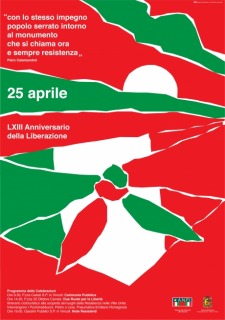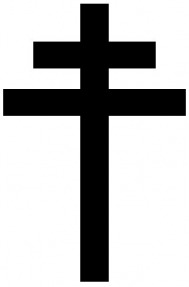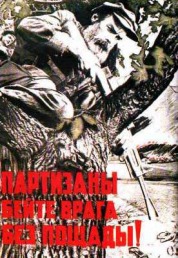Foreign Resistance
Erin Neenan
Many important figures assisted the Resistance, and not all of them were German, or even from Germany. Resistance groups and individuals were spread throughout the world, and all played their part to helping Jews and others being persecuted in Europe.
Hannah Szenes

Hannah Szenes was one of the most important and well known resistance fighters in Europe. Born in Budapest, Hungary she was discriminated against from a young age because of her religion. While her family didn't actively practice Judaism, they still considered themselves Jewish. Hannah considered converting the Christianity to make life easier for herself, but after consideration she delved deeper into her Jewish roots and embraced the practices. After being educated in Hungary, at triple the price due to her religion, she decided to help her fellow Jews being prosecuted across the continent. She was trained in Palestine by the British army to be a paratrooper, and was specifically selected, with two other men, out of 33 to do an especially dangerous mission into Yugoslavia. After they landed, the Army learned that German had already occupied the territory, and called off the mission due to the danger.

Szenes decided to continue on without her comrades, and was stopped at the Hungarian border and tortured for information. After months of torture and giving no information, she was sentenced to murder. When she was killed, Szenes refused to wear the mask traditionally given to people convicted, she wanted to look her enemies in the eye up until the moment she died. Even now, Hannah is still a prominent figure in Europe for Jews. Her work has been commemorated in statues, poems, plays and memorials. The diary she kept from the age of 13 was published after her death and became a well known publication in Europe. Her remains were buried on Mount Herzel in Jerusalem, but her tomb stone was moved to Israel in 2007.
Resistenza in Italy

Many Italians during the second World War helped with the resistance movement also. The resistance fighters were at first, a mix-up of people from many backgrounds, including: former members of political parties, before the Fascist regime, independent troops, and ex-members of the Royal Army. Along with the varied people joining the fight, there were many different groups, including Communist, Anarchist, Catholic and Monarchist resistance groups. They fought initially after the Armistice, in Italy and also in Greece against the Fascist party that was slowly taking over the Mediterranean area. In Italy, most of the parties fought in the Alps, there were also guerilla fighters stationed in the low plains of Italy. There were many different types of fighting, not only physical battles, but refusing to cooperate with the Germans. This led the Germans to send almost 40,000 Italian resistance fighters to die in the concentration camps. The resistance fighters can also claim to have been the ones to capture and assassinate Mussolini. They captured Mussolini, his mistress, and 16 other members of the Fascist government, took them to Dongo, Italy and executed them all. They were also responsible for the parading of Mussolini's corpse throughout Italy, where Italians were free to kick, spit and otherwise defile the body.
La Résistance in France

The French resistance movement started somewhat later than the Italian for several reasons. When the Germans first occupied France, life remained virtually unchanged, however, after they established themselves, new rules, restrictions and changes were forced upon the French. They were ordered to pay all the costs of the German army while stationed in France; this led to poverty, loss of jobs, economic crisis and the uprising of the resistance. Much like the Italian resistance, French resistance included many different types of people, including Roman Catholic priests, Jews, Anarchists and Communists again. Even coal miners played a part, many went on strike and dramatically slowed down the arrival of coal to the Germans. There were many different ways that the French fought back, including sabotage, guerilla warfare, and the stealing of information to pass to Americans. The French resistance no doubt played a huge role in the liberation, and helped the Americans immensely.
Russian Resistance

The earliest partisans in Russia were in the summer of 1941, within days of the war beginning. Russians had some of the most influential partisan groups, because most of them had inside information, whether it be from Judenräte, the Jewish administrative council, or members of the German army themselves. The Red Army were the first to begin the resistance. Groups were organized and given missions, most being guerilla attacks on anything that even resembled Germans. They were instructed to kill the soldiers, take information, including maps or plans, valuables and guns. The most important goal was for the resistance fighters to take over Belarus, a city in the middle of the line between Moscow and the west. It was sought after not only for its location, but for its geography. There were plenty of lush forests and swampland for the fighters to hide in and attack while being virtually invisible. The Russians eventually won control of this land, and it aided them in continuing force against the Germans.
